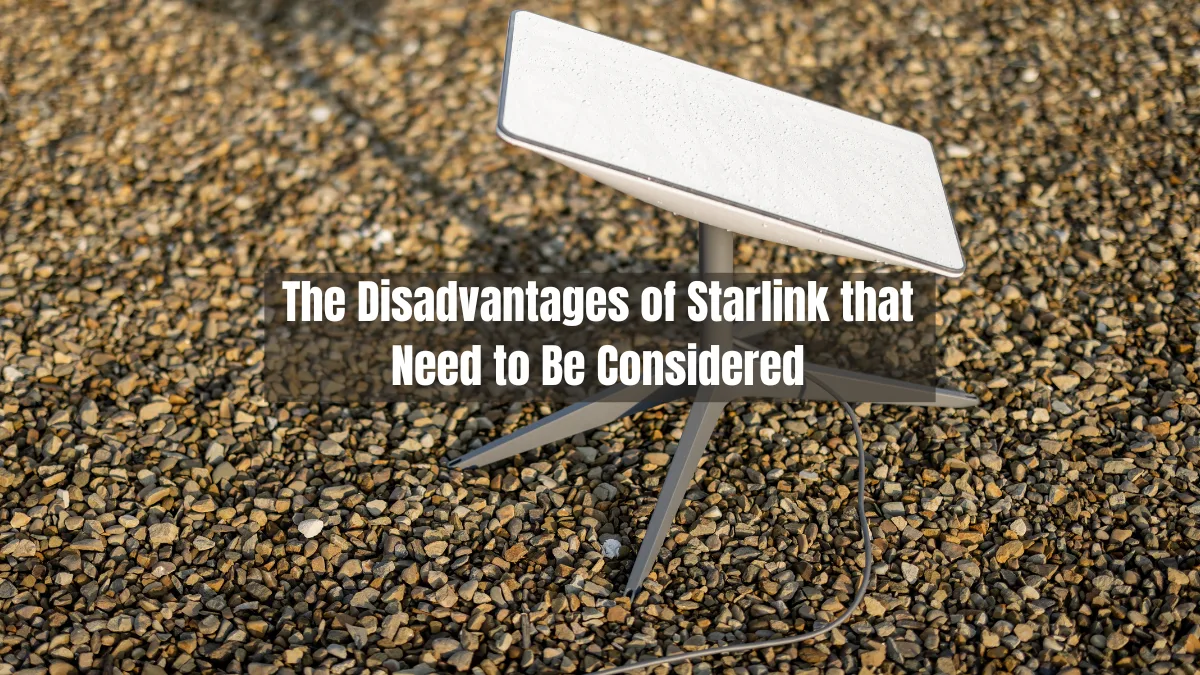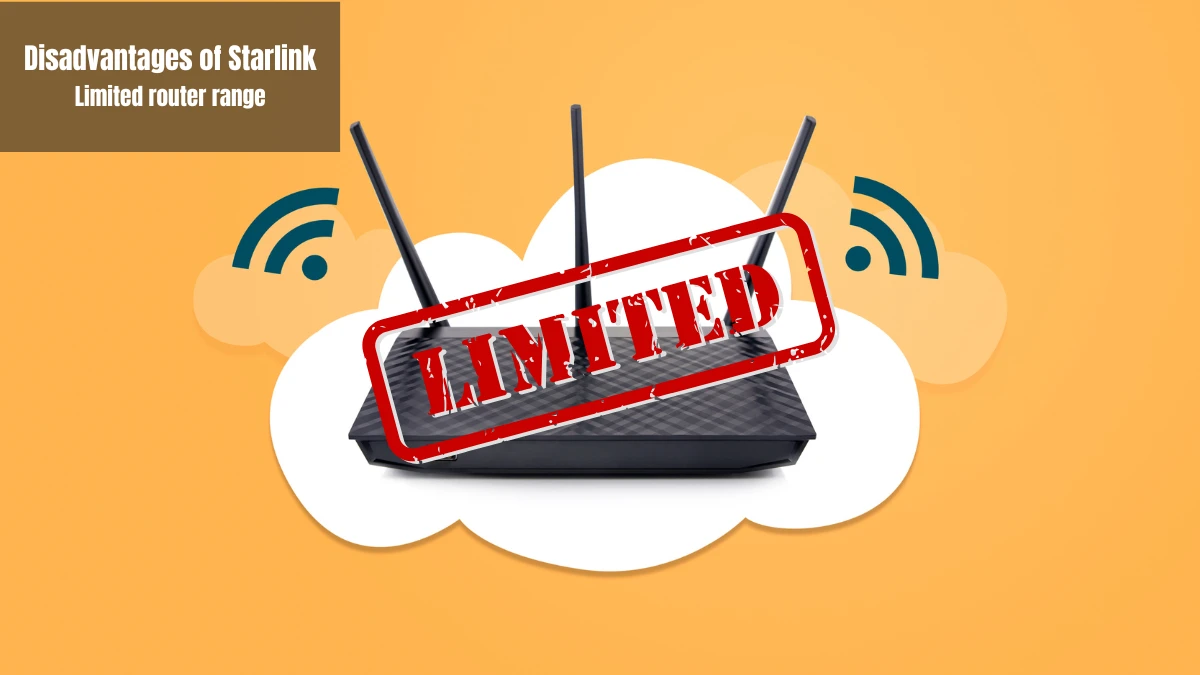Starlink offers numerous benefits, including the ability to provide a stable and fast connection in remote areas. However, the disadvantages of Starlink cannot be easily separated, even though the benefits are evident.
Not only do you need to know the advantages and components of Starlink devices before purchasing them, but you also need to know the disadvantages of Starlink that may be factors to consider when deciding to use them.
This article will inform you about some of the disadvantages of Starlink that you can consider.
The Disadvantages of Starlink

Like other technologies, Starlink has several drawbacks to consider, including the need for open space, unsuitability for use in large cities, slower connections when there are more users, limited router range, high price, and unavoidable environmental impact. Here are the detailed drawbacks of Starlink:
Requires an open space
Although it is more advanced than VSAT, Starlink installation still requires an open space to maximize signal reception from LEO satellites. This will certainly be a challenge for those of you who live in areas surrounded by tall trees, buildings, or neighbors' roofs.
If you choose this device, make sure you have an unobstructed area so that the Starlink signal is not interrupted. That way, you can enjoy stable and fast internet even in remote areas.
Not suitable for cities

Starlink is intended for internet installation in remote areas that cannot be accessed by fiber optic networks. This is because the device is not suitable for use in large cities.
Fast and stable cable networks are already in place for internet use in large cities. Using Starlink would not be worth the price. Additionally, you will encounter installation problems if you live between tall buildings. Of course, its use will not be optimal.
The more users, the slower the connection
Even though Starlink has thousands of LEO satellites to support its internet speed, the more users there are, the slower the network becomes. One LEO satellite in orbit serves many users.
Of course, internet speeds will decrease when many people use it at the same time. This will be quite noticeable in areas where Starlink is already popular.
Limited router range

The limited range of the router is another drawback that needs to be considered. Starlink routers have a WiFi network that is not very far-reaching and limited. Therefore, you need to install a mesh network to cover the entire area you want.
There is also the option of using an Ethernet port for certain devices, but the additional adapter is also quite expensive. Both solutions require you to spend more if you want to get wider coverage.
The price is quite expensive
For home internet use, Starlink is still considered to have above-average costs compared to local ISP services. Not only is the price of the device expensive, but the monthly usage package is also quite expensive. With the price of a standard Starlink package, you could probably get premium service if you used a local ISP.
Unavoidable environmental impact
After launching thousands of satellites into low Earth orbit, Starlink has attracted a lot of attention from scientists. This is due to concerns about light pollution and its impact on astronomical observations.
In addition, there is a risk of collision and space debris. These impacts may not be immediate, but this issue needs to be carefully considered when choosing this device. The environmental impact may not be felt immediately, but the effects will certainly be seen in the future.
Those are the disadvantages of Starlink to consider before deciding to use one. By knowing its shortcomings, you can anticipate some of the things that may happen when you choose to use it.